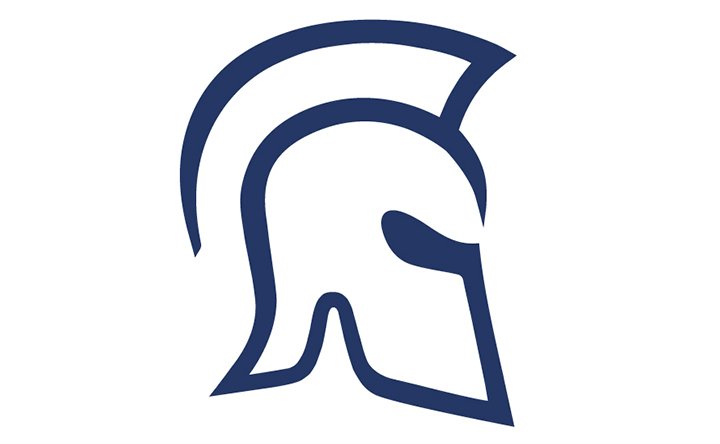Indian Navy experiences underwater capability gap
This is the Amogh AUV, developed jointly by Larsen & Toubro in India, and Edgelab in Italy. (Photo: Edgelab)
China’s underwater surveillance near Indonesia may have sped up the Indian Navy’s (IN) plans to release its delayed ‘unmanned road map’. In step with such ambitions, the third-generation Amogh AUV, developed by Larsen & Toubro in collaboration with Italy’s Edgelab, was displayed at DefExpo 2022.
Meaning ‘precise’, Amogh has a containerised design with an integrated launch and recovery system and a maintenance support system for ease of use.
The Amogh can be used for hydrographic, underwater surveillance and recognition operations.
Although Indian AUV progress is lacklustre, also on display at DefExpo were a Defence Research and Development Organisation
Already have an account? Log in
Want to keep reading this article?
More from Naval Warfare
-
![Italy orders two ships as work begins on others along with deliveries and updates]()
Italy orders two ships as work begins on others along with deliveries and updates
The Italian Navy is being refreshed with two new ships ordered, while in the past six months steel was cut for a new frigate, an enhanced frigate was delivered and Horizon-class frigates passed a design review.
-
![Singapore declassifies SEAL Carrier swimmer delivery vehicle for special forces use]()
Singapore declassifies SEAL Carrier swimmer delivery vehicle for special forces use
Singapore’s navy has introduced the Combatant Craft Underwater vessel, a multi-mode swimmer delivery vehicle designed to enhance its Naval Diving Unit’s ability to conduct covert maritime special operations.
-
![US Navy foresees additional delays in the Columbia-class programme]()
US Navy foresees additional delays in the Columbia-class programme
After estimating that the first Columbia-class submarine would be delivered 16 months late, the US Navy has recently confirmed that an additional month will be required to complete its construction.
-
![UK demonstration shows how sensors and C2 can protect ports from multi-domain threats]()
UK demonstration shows how sensors and C2 can protect ports from multi-domain threats
Naval vessels are at high risk when in harbour, port or dockside and the threat from asymmetric attacks has been shown in the Ukraine war against Russian ships. A demonstration of combined systems in the UK hoped to show a potential solution to defence, government and commercial delegates.























